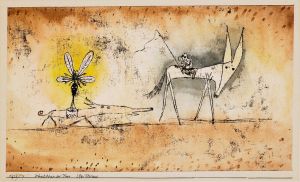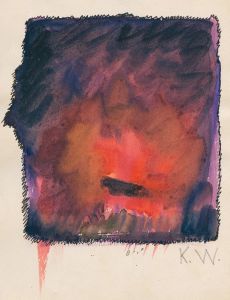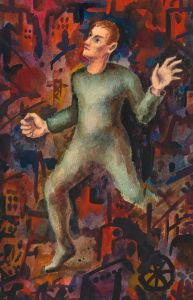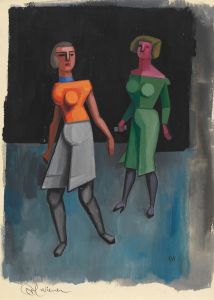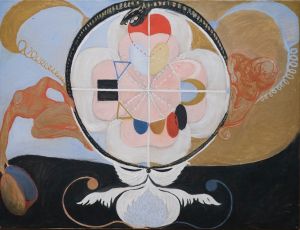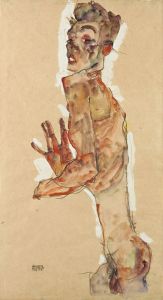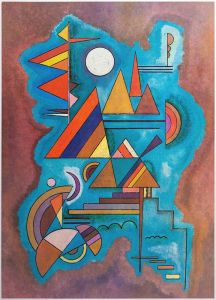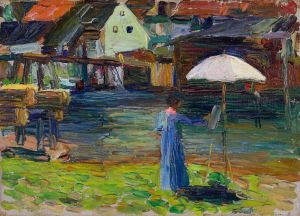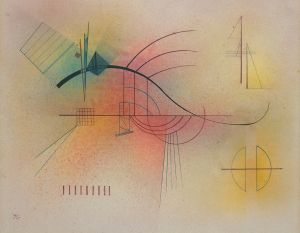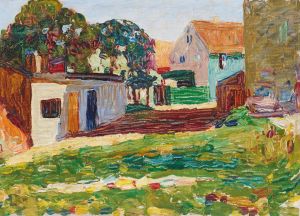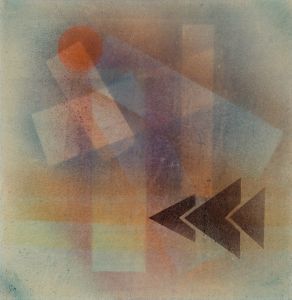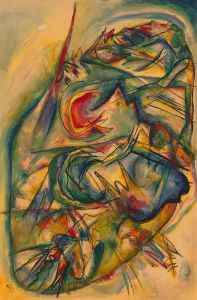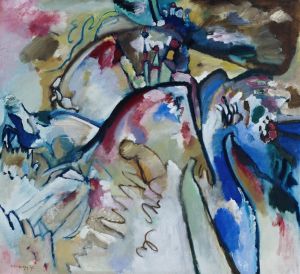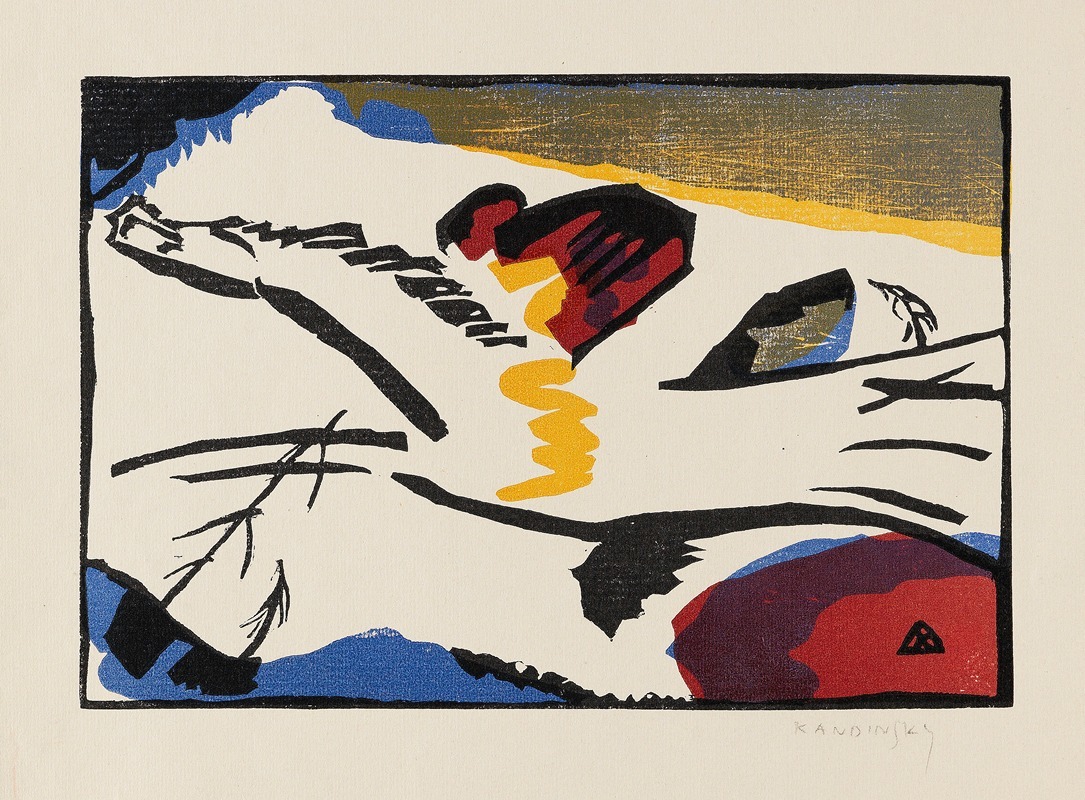
Lyrisches
A hand-painted replica of Wassily Kandinsky’s masterpiece Lyrisches, meticulously crafted by professional artists to capture the true essence of the original. Each piece is created with museum-quality canvas and rare mineral pigments, carefully painted by experienced artists with delicate brushstrokes and rich, layered colors to perfectly recreate the texture of the original artwork. Unlike machine-printed reproductions, this hand-painted version brings the painting to life, infused with the artist’s emotions and skill in every stroke. Whether for personal collection or home decoration, it instantly elevates the artistic atmosphere of any space.
Wassily Kandinsky, a pioneering figure in abstract art, created "Lyrisches" in 1911. This painting is a significant example of Kandinsky's transition from representational art to abstraction, a movement he was instrumental in developing. Kandinsky, originally from Russia, was deeply influenced by his synesthetic experiences, where he could perceive colors as sounds and vice versa. This unique perception played a crucial role in his artistic development and is evident in the vibrant and dynamic compositions of his works.
"Lyrisches" is characterized by its bold use of color and form, which are hallmarks of Kandinsky's abstract style. The painting does not depict any recognizable objects or scenes but instead focuses on the interplay of colors and shapes to evoke emotions and a sense of rhythm, akin to a musical composition. Kandinsky believed that art should transcend mere representation and instead convey deeper spiritual and emotional truths. This philosophy is clearly reflected in "Lyrisches," where the viewer is invited to experience the painting on an intuitive and emotional level.
The year 1911 was a pivotal time for Kandinsky, as it marked the founding of the Blue Rider (Der Blaue Reiter) group, along with fellow artist Franz Marc. This group was dedicated to exploring new artistic expressions and breaking away from traditional artistic conventions. "Lyrisches" embodies the innovative spirit of the Blue Rider movement, emphasizing the importance of color and form as independent elements in art.
Kandinsky's approach to painting was heavily influenced by his theoretical writings, particularly his book "Concerning the Spiritual in Art," published in 1911. In this work, he articulated his belief in the spiritual power of art and the potential for abstract forms to convey profound emotional and spiritual experiences. "Lyrisches" can be seen as a visual representation of these ideas, with its abstract forms and vibrant colors creating a sense of harmony and inner resonance.
The painting's composition is dynamic and fluid, with swirling lines and overlapping shapes that create a sense of movement and energy. Kandinsky's use of color is particularly striking, with bold contrasts and harmonious combinations that draw the viewer's eye across the canvas. The overall effect is one of lyrical beauty, as suggested by the title "Lyrisches," which translates to "lyrical" in English.
"Lyrisches" is housed in the Städtische Galerie im Lenbachhaus in Munich, Germany, which holds an extensive collection of works by Kandinsky and other members of the Blue Rider group. The painting remains an important example of Kandinsky's early abstract work and continues to be celebrated for its innovative approach to color and form.
In summary, "Lyrisches" by Wassily Kandinsky is a seminal work in the history of abstract art, reflecting the artist's transition from representational to abstract painting. Created in 1911, the painting exemplifies Kandinsky's belief in the spiritual power of art and his innovative use of color and form to evoke emotional and spiritual responses. As a key piece in the Blue Rider movement, "Lyrisches" continues to inspire and captivate viewers with its dynamic composition and vibrant colors.





